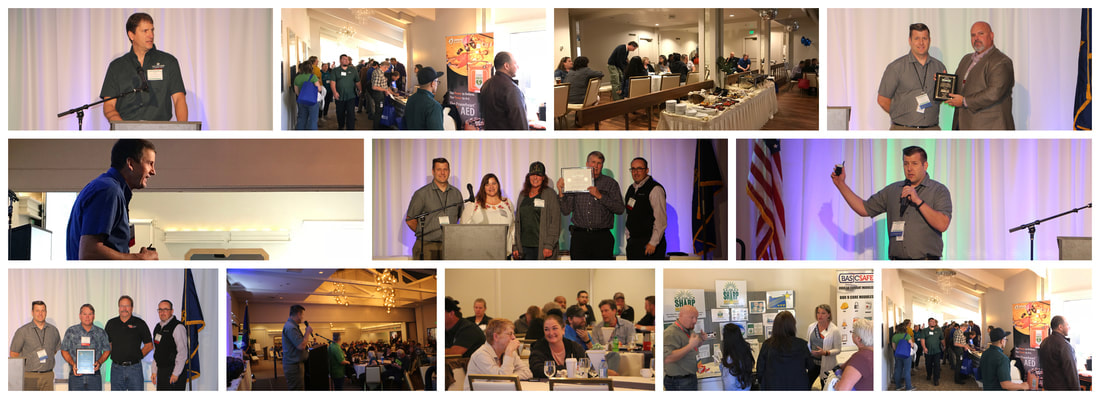
The understanding of this concept is a fundamental basis of cutting-edge safety management approaches. Ever since Heinrich and his famous pyramid, we’ve known that it is those unsafe behaviors and errors that give us a glimpse into the leading indicators that can almost predict our next injury or near miss. On this concept, Behavior Based Safety (BBS) and Human and Organizational Performance(HOP) management approaches agree.
We should be looking for ways to understand the behaviors of everyone within an organization. Enter the theory we know as “Behavior Based Safety” (BBS). BBS concepts have been around for a while now and we have had many more opportunities to implement them improperly. I believe that the foundational concepts of BBS are sound:
- Most incidents/injuries are triggered by unsafe behaviors.
- Addressing behavior change can solve real world problems.
- Safety partnership between management and employees that focuses attention on processes and systems creates a framework for safety success.
- Improving what people do by understanding why they do things the way they do.
- Preventing errors reduces the chances for injuries and other problems.
- Discovering root causes can help identify ways to prevent incident from happening again.
Somewhere along the line, the wrong message was sent. That unintended message said “your workers decisions are the reason for your problems. If you fix your workers so that they make better decisions, you will have fewer problems.” Why do we keep having to re-discover that this approach is too one dimensional to improve safety performance? Incident analysis root causes that focus on blaming the employee for making a mistake is a lost opportunity to understand the system elements that contributed to the incident.
In some ways Human and Operational Performance (HOP), is a response to ways that BBS was being misunderstood. Proponents of HOP and the “new view of safety” admit this. In my opinion, the foundational concepts of HOP are solid:
- Human Error is normal, and it is not a choice.
- People come to work to do good work.
- The pressure to fix a problem can outweigh the desire to learn.
- There is almost never only one root cause.
- Learning & improving is vital (Organizational learning especially).
- Blame fixes nothing (blame creates barriers to learning and is caustic to a proactive safety climate).
- Context drives behavior (Employees don’t make errors that are independent of the system, why should we analyze the error without understanding the context…).
- How leaders respond to failure is what really matters.
- Organizations and operations need to have more resiliency to error in order to be safer.
Studying these ideas and concepts is helpful to implementing a successful safety program. The thoughtful understanding of the maxims that these approaches teach are key to identifying how to keep people safer. Most of these approaches have a lot of overlap and common ground and have been improved over the years as they are tried. Look at companies that have tried to implement safety efforts based on BBS, HOP, LEAN or others. Find out what works and what doesn’t. Network with other companies through our monthly ASSP meetings at Black Bear Diner to get more information. Don’t forget about other Southern Oregon safety associations like the Redwood Safety Association and the Klamath Safety Group. I hope to see you at these and maybe even the Safety Summit this Spring in Grants Pass.
David Hanson, CSP
 RSS Feed
RSS Feed
